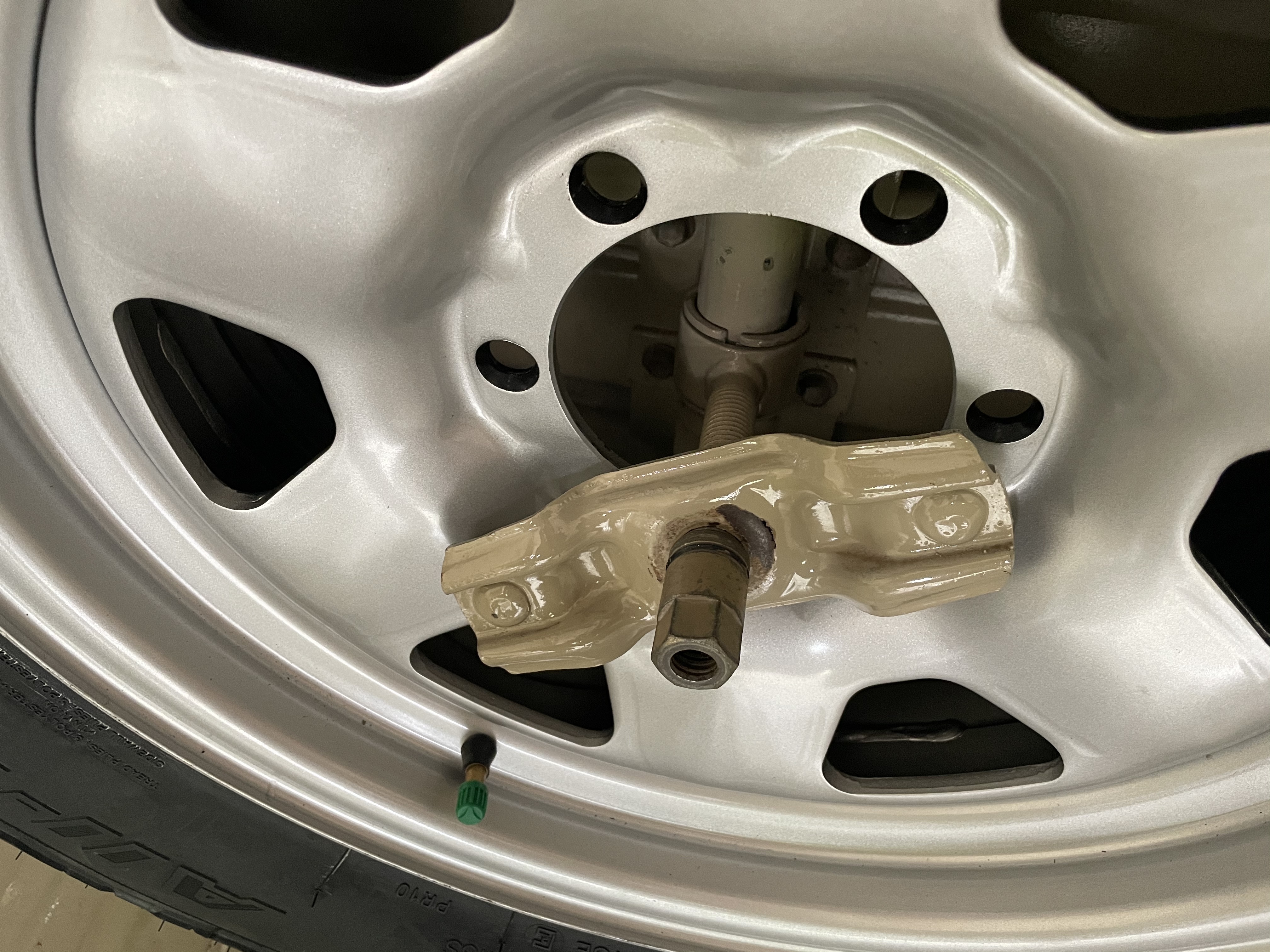FJ40 that green thing
1996 KZJ78 Prado
Do you know what the offset is on these wheels and where did you source them?@Will Van

Thanks,
Follow along with the video below to see how to install our site as a web app on your home screen.
Note: This feature may not be available in some browsers.
This site may earn a commission from merchant affiliate
links, including eBay, Amazon, Skimlinks, and others.
Do you know what the offset is on these wheels and where did you source them?@Will Van

They are OEM Toyota wheels (PN: 42601-60262-03) in 16" x 6" withDo you know what the offset is on these wheels and where did you source them?
Thanks,
Well, they look great! kinda wish I went with those on my 78Fixed it.
Wouldn’t a 6” wheel with 3.5” backspacing have 0.5” offset? A 7” wheel with 3.5” backspacing would be 0” offset.
This was a custom piece special made for @Will Van, However if there's a general need for other 70 series parts id be happy to start looking into reproducing FJ70 partsWhat parts are you currently making (or plan to) for the 70 series other than the locker dial blank?
You have to include the overall wheel width. In reality 16X6" is actually 16X7".
It is a good rule of thumb to add 1" (1/2" for each flange) to get the overall wheel width but you can do physical measurements to be exact.
Excuse my poor handwriting.
View attachment 2962331
The stamped width is the inner width of the wheel only.
The flange portion is usually never part of what numbers is shown stamped on the wheel. The “J” is what takes the flange specs into consideration. Never seen it otherwise but I have been wrong many times.
I might be saying the same thing as others, but IME wheel width is measured bead to bead, not outer lip to outer lip. Offset is from the center line, so is independent from wheel width. And backspace is measured from mounting surface of the wheel to the edge of the lip (not the tire bead). So an 8” wheel and a 6” wheel that both have the same offset will have different backspace (by an inch).
Offset becomes positive, negative or simply "0" based off the mounting surface location from the center line. In the case of the Toyota steel wheel being discussed in this thread, it is "0". I posted up a simple formula to explain this earlier in this thread.
The image that @cruiseroutfit posted up is a good example. That wheel in the image is actually positive offset, not "0".
At this point, I think I need to bow out of this discussion and this is why I rarely get into wheel discussion because I have realized that everyone has a different idea how to measure. I am not saying anyone is right or wrong but it gets confusing.
not really, overall rim width where offset and backspacing is measured is actually the more important number to fitment on mechanical interference, like calipers, tire rods, steering arms ect.I do agree it's odd to measure the Rim Width from one point and the offset from another, but all the wheel companies I've ever worked with including Toyota do that.
not really, overall rim width where offset and backspacing is measured is actually the more important number to fitment on mechanical interference, like calipers, tire rods, steering arms ect.
the other number is more of a quick fit to a tire width range and how that tire will profile.
With those tires you won’t need to change the gears…and now on to more important topics. Like how do I fit these 315/75/16 tires on my truck?

…and now on to more important topics. Like how do I fit these 315/75/16 tires on my truck?

